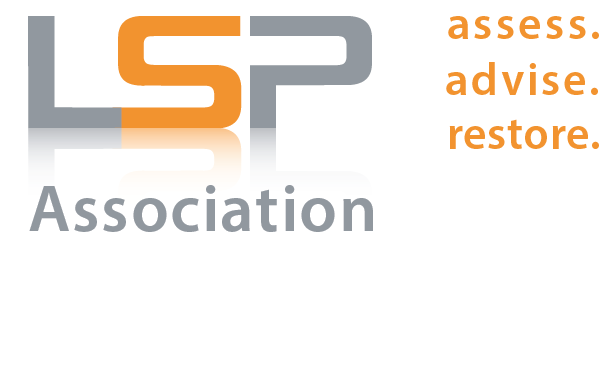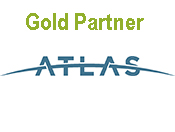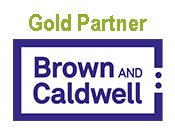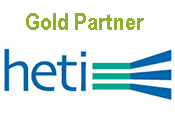LSPA's Loss Prevention Committee Meets with MassDEP Audit and Enforcement Chiefs
By: Crista J. Trapp, Risk Assessor, The Vertex Companies and Loss Prevention Committee
On May 4, 2016, several members of the LSPA Loss Prevention Committee (LPC) met with Massachusetts Department of Environmental Protection (MassDEP) regional Audit Chiefs and Enforcement Chiefs to discuss and solicit feedback from MassDEP on the LPC’s fiscal year 2015 Notice of Audit Finding (NOAF) reviews and LSP performance, including areas for improvement. Provided below are some takeaways from that meeting.
The LPC representatives asked MassDEP for a sense of how LSPs could improve their MCP submittals. In response, MassDEP representatives noted that they continue to issue NOAFs for:
[Following our meeting we asked MassDEP what qualifies as “promptly.” We were told that “IF an Imminent Hazard or Potential Imminent Hazard exists – then (a) notification should be made, can always be rescinded after more assessment, but the LSP gets to make the call based on whatever is going on at the site. When in doubt – generally better to notify.”
We were also reminded of MassDEP’s Q & A, Volume 7, Number 1, January 2001.
Question: Is there a specific notification trigger for identifying and addressing Critical Exposure Pathways (CEPs)?
Answer: No. There is no specific notification criterion triggered by the identification of a CEP or a potential CEP. The CEP requirements only apply when the performance of an Immediate Response Action is necessary, i.e., in response to releases/conditions that trip a 2- or 72-hour notification threshold. In those instances when an Immediate Response Action is required to address a 2- or 72- hour notification condition, and a CEP exists or potentially exists, then remedial actions to prevent, eliminate, or mitigate the CEP must be taken as part of the Immediate Response Action, if such actions are feasible.]
During the discussion of the LPC’s fiscal year 2015 NOAF reviews, MassDEP provided the following commentary on specific issues identified in NOAFs.
Notices of Activity and Use Limitations (AULs)
- Failure to refer to an Activity and Use Limitation (AUL) in a subsequent deed is a common issue identified in MassDEP AUL reviews. MassDEP has changed the corrective action relating to failure to incorporate an AUL into the property from filing a confirmatory AUL to filing a confirmatory deed or affidavit of title.
- If they are not already doing so, MassDEP suggested that LSPs should inform their clients, in advance of filing, as to the implications of having an AUL on their property. An AUL, once filed, is not a “done deal” but instead requires that a site remain in compliance throughout the property’s history. As long as an AUL is on a property, MassDEP may conduct a site visit at any time. AUL violations can be very expensive, so a bit more cleanup may cost more up front but may eliminate potential future non-compliance with an AUL. In other words, the benefit of doing a bit more remediation may outweigh the potential future hassles of an AUL.
- Meeting participants talked about how the LSP-of-Record is not typically involved in a subsequent sale of the land and so there may be value in informing real estate attorneys of the obligation to identify AULs in subsequent deeds. Participants suggested potential training for members of the Real Estate Bar Association and Boston Bar Association.
- Failure to record signatory authority and issues with the site plan. Registries of Deeds can have very strict rules for what can be recorded, and have been known to refuse to file the signatory authority for an AUL because that signatory authority had been previously recorded.
Substantial Hazard Evaluations and Periodic Reviews
- MassDEP has noted in several audits of Class C 5-year Periodic Reviews that the Substantial Hazard Evaluation (SHE) had not been updated. MassDEP noted that, depending on the media of concern, the update may require the collection of current data in order to confirm that the condition of No Substantial Hazard has been maintained. Note that the exposure period for a SHE is equal to the time from notification to the time of the SHE plus five years.
- In several NOAFs MassDEP also identified the failure to perform a Periodic Review within the 5-year time frame and the failure to include definitive and enterprising steps to reach a Permanent Solution.
Immediate Response Action Plans
MassDEP noted that Immediate Response Action Plans that require monitoring often do not include any contingency actions if the monitoring should detect a condition requiring remedial actions.
Finally, LPC representatives asked MassDEP to explain how they use draft guidance in conducting audits. Feedback from MassDEP included the following:
- MassDEP does not enforce guidance. Instead, MassDEP enforces the regulations.
- Draft guidance MAY provide an indication of where MassDEP MAY amend future regulations. For this reason it is helpful to be familiar with draft guidance. This is especially true for AULs and vapor intrusion, where drafts have been in public review for a long time.
- Guidance is intended to help LSPs meet the intention of the regulations, if followed. MassDEP’s guidance is one suggested way that, if followed, generally helps the LSP/PRP meet the needs the regulation is intended to address.
- When writing reports, it is extremely important to provide technical justification when deviating from guidance.
- MassDEP will cite regulations in identifying violations as a result of an audit. Within the NOAF, MassDEP may refer to guidance when making suggestions regarding approaches that may be taken at a site, but inconsistencies with guidance are not sources of violations.



































